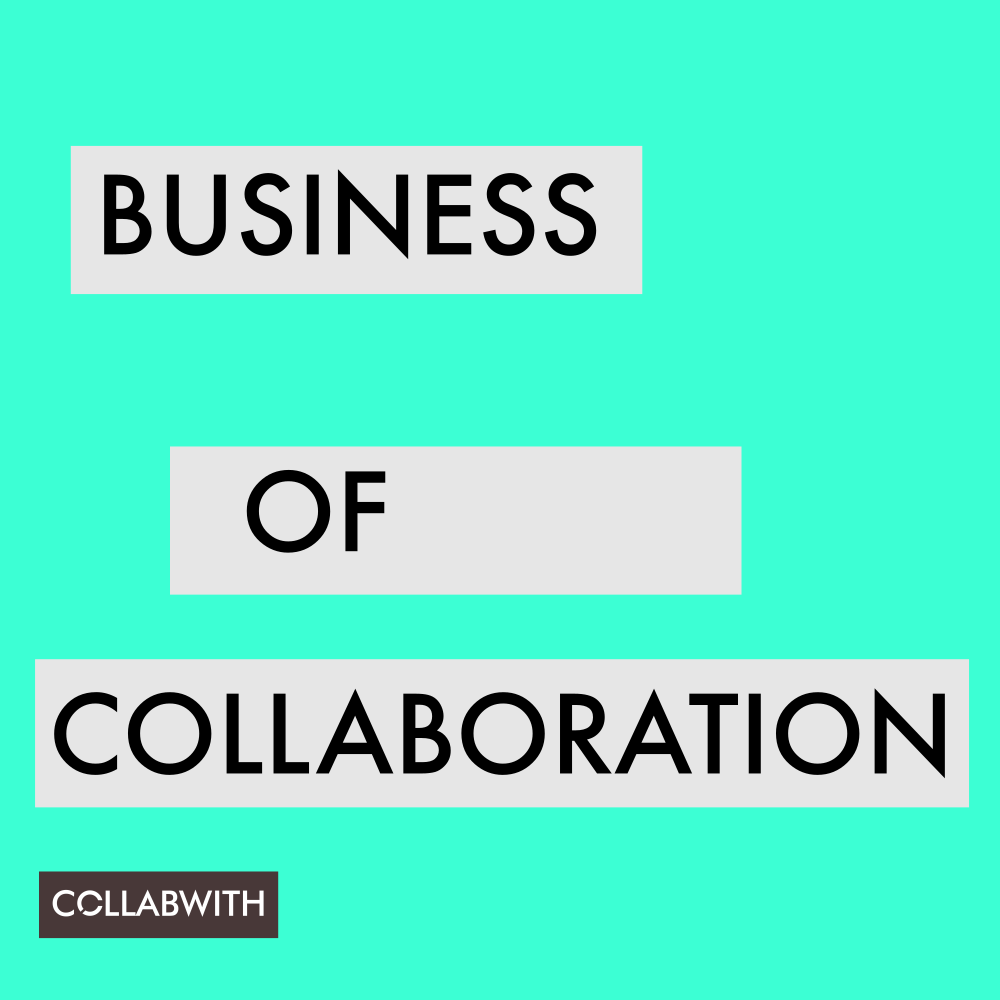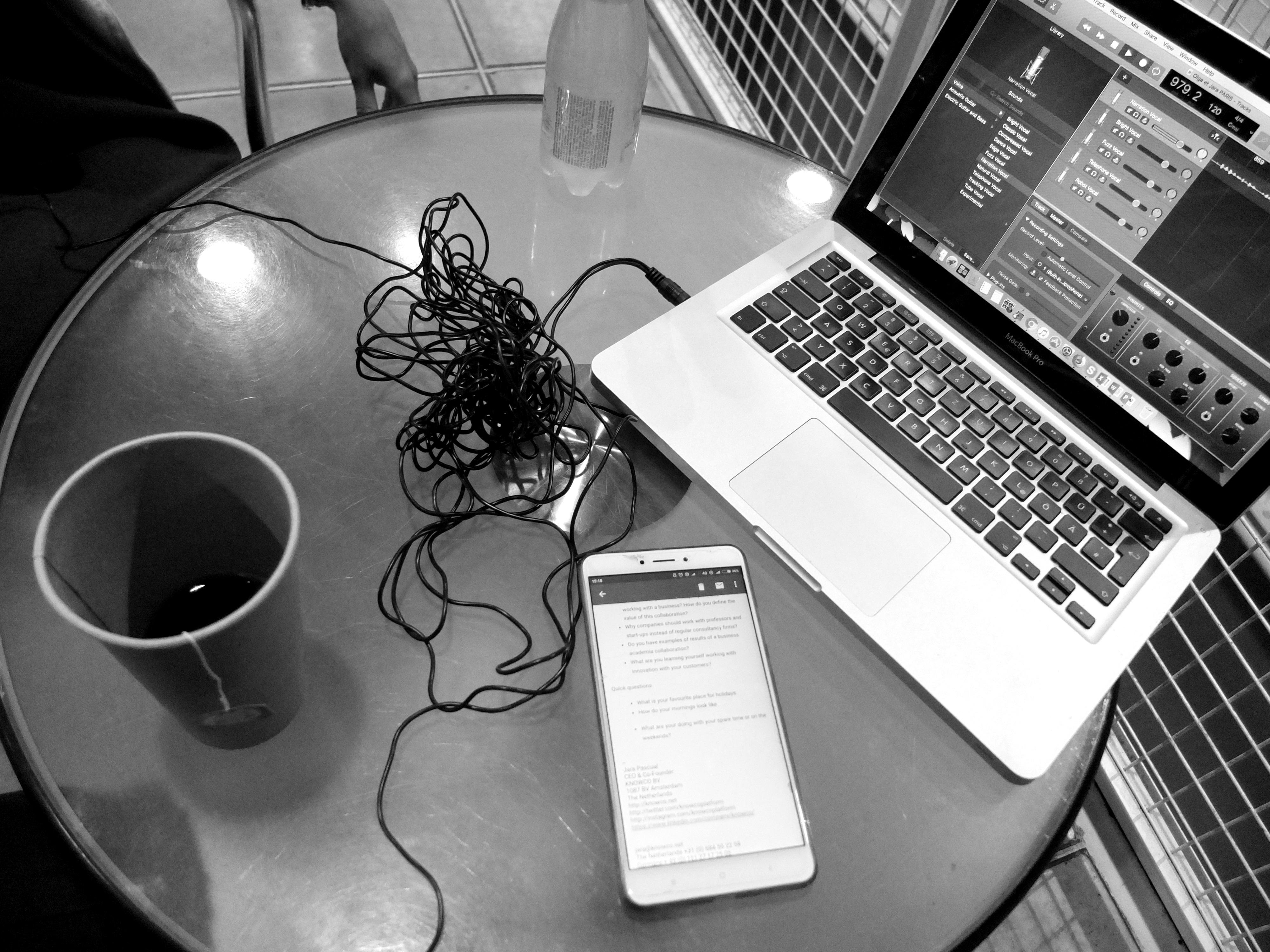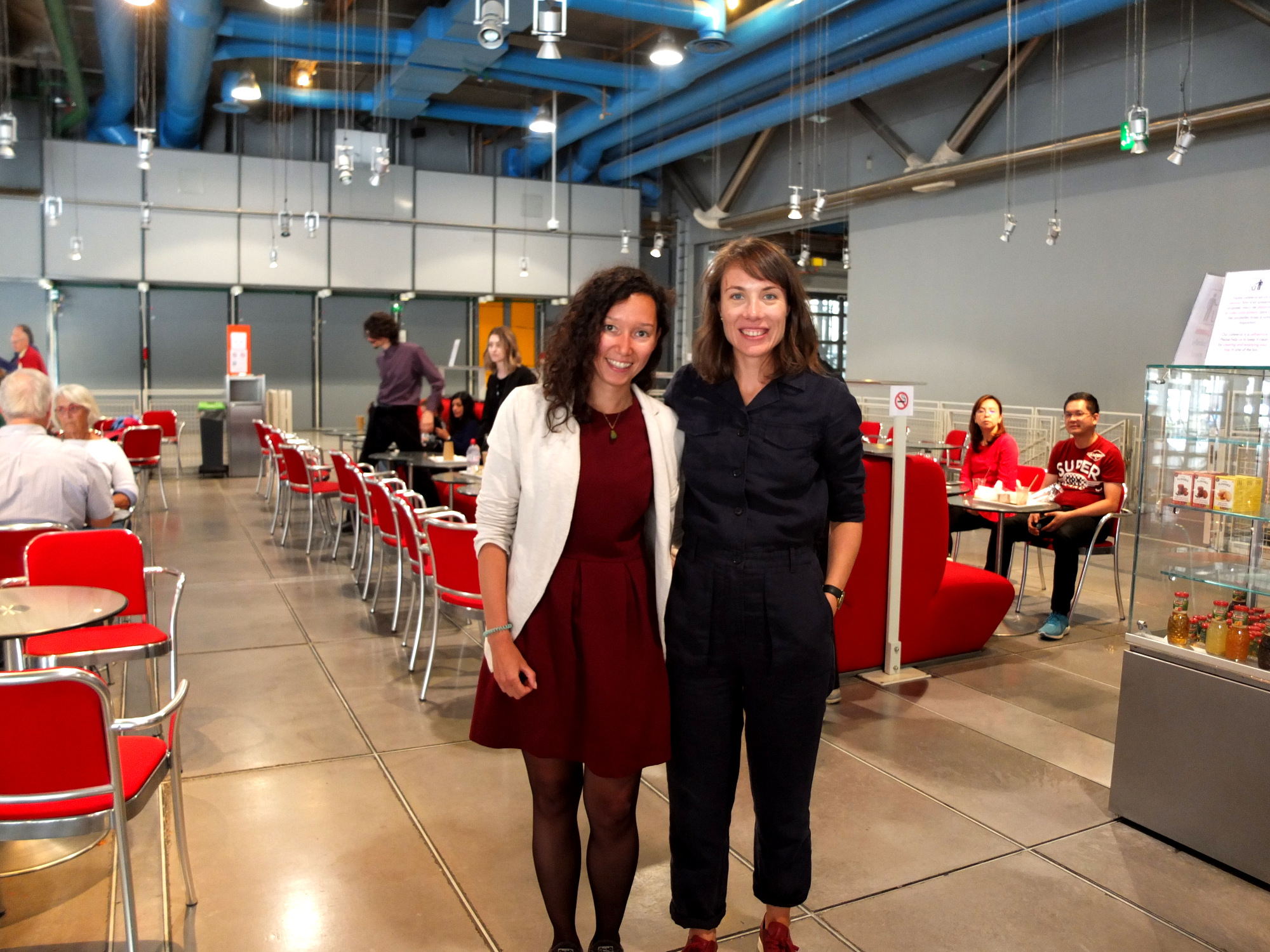Welcome to our talks, a spontaneous conversation with an expert in collaboration, innovation or topics that we are curious about. With these talks, we want to share knowledge, best practices, fresh ideas, opinions or new ways of working together. We want to give as an inspiration to our followers and members.
Today we are here in Paris, in the Centre Pompidou with Olga Kokshagina. She is a lecturer of venture capital and research fellow in innovation and entrepreneurship at the Graduate School of Business and Law at the RMIT University in Belmont, Australia. She is also the scientific coordinator and leader of innovation management methods for industry SIG at ISPIM and International Ambassador at STIM, a spin-off of Mines Paris Tech and she is a fellow of the Start-up Leadership Program.
We will talk about how to create an innovation process within a company, how to make collaboration between business and professors successful and how to bring new knowledge to the table. And think as creativity as an essential part of finding new crazy ideas for new products.





Podcast: Play in new window | Download
Subcribe to our podcast Business of Collaboration on Stitcher, iTunes, Android or via RSS
In the section below, we highlight the main lessons learned from our podcast conversation and create a snapshot of this interesting talk with a bright mind by providing easy key points and categories.


ABOUT INNOVATION
- We prefer to avoid the term innovation: because there are many, many definitions of what innovation can be in general.
- Once the innovation is here, it is easy to say whether it was successful on the market or not but it is extremely hard to predict beforehand
- We like to use the term innovative design: ‘we need to understand what are the tools, methods and process help companies create innovative products’.
ABOUT SKILLS IN INNOVATION
-
Innovative ideas need to have different people with different skillsets contributing to it.
-
Everyone is innovative in its own way.
-
You can didge creativity, help people to contribute to innovation processes that they have in different stages.
-
Motivation and mindset are really important when it comes to designing new innovative products.
ABOUT ACADEMIA AND COLLABORATION
-
Consulting services are extremely powerful when you know which type of problems needs to be addressed or know a company that might help you.
-
If you don’t know what are the exact problems or the exact solution that you are looking for, it might be wiser to collaborate with academia to discover the bottlenecks.
-
You can collaborate with all the actors in the ecosystem, you just need to understand how and why.




ABOUT COLLABORATION AND BUSINESS
-
Innovation is essential for firms’ growth and survival. It helps to create the future of the company.
-
All established and emerging businesses are looking for new innovative products, services, a new way of working
-
Despite their differences, many different companies in many different sectors have similar problems.
-
To successfully deliver innovative products on the market, teams need to ensure C-level support for their ideas.
ABOUT ISPIM
-
I act as a scientific coordinator of ISPIM. This role includes managing the scientific process, preparing the programme, assisting with the selection of best papers.
-
In addition to that, I am a co-founder of a Special Interest Group on innovation management methods for industry.
-
The idea is the SIG is to bring together practitioners and researchers in order to discuss some of the practical challenges organisations face today while dealing with innovation.
Olga Kokshagina
Lecturer, VC Research Fellow in Innovation & Entrepreneurship at the Graduate School of Business and Law at RMIT University
Scientific Coordinator & Leader of Innovation Management Methods for Industry SIG at ISPIM
International ambassador at STIM
Fellow at Startup Leadership Program
If you want to learn more about Olga Kokshagina, please read an interview with her, here. And her Golden Rules for Living, here.
Read an article from her research, here “Open Science: how to identify exploration axes in a transdisciplinary context?”.


